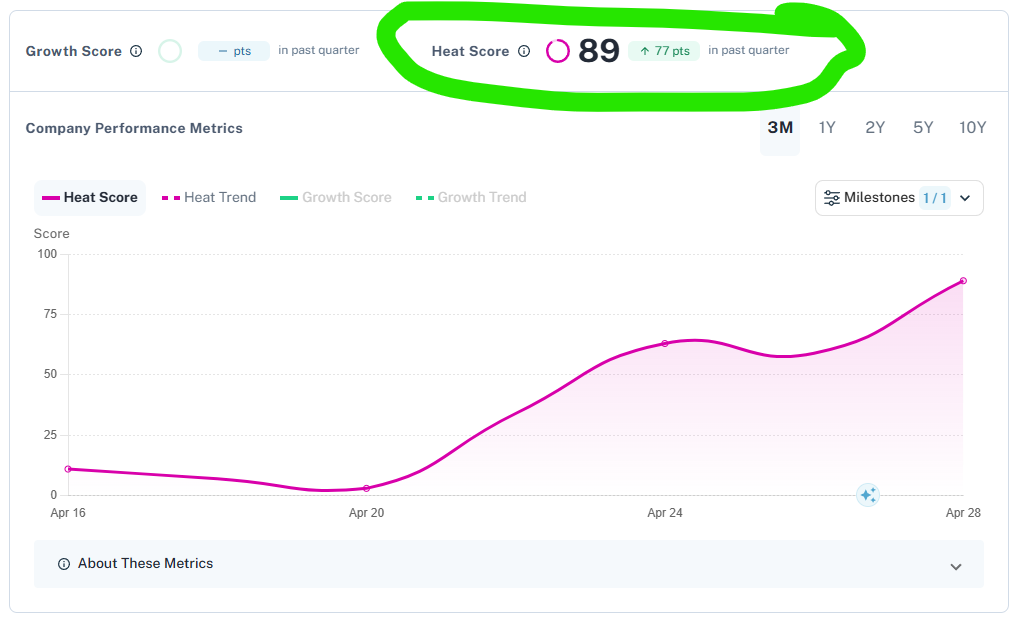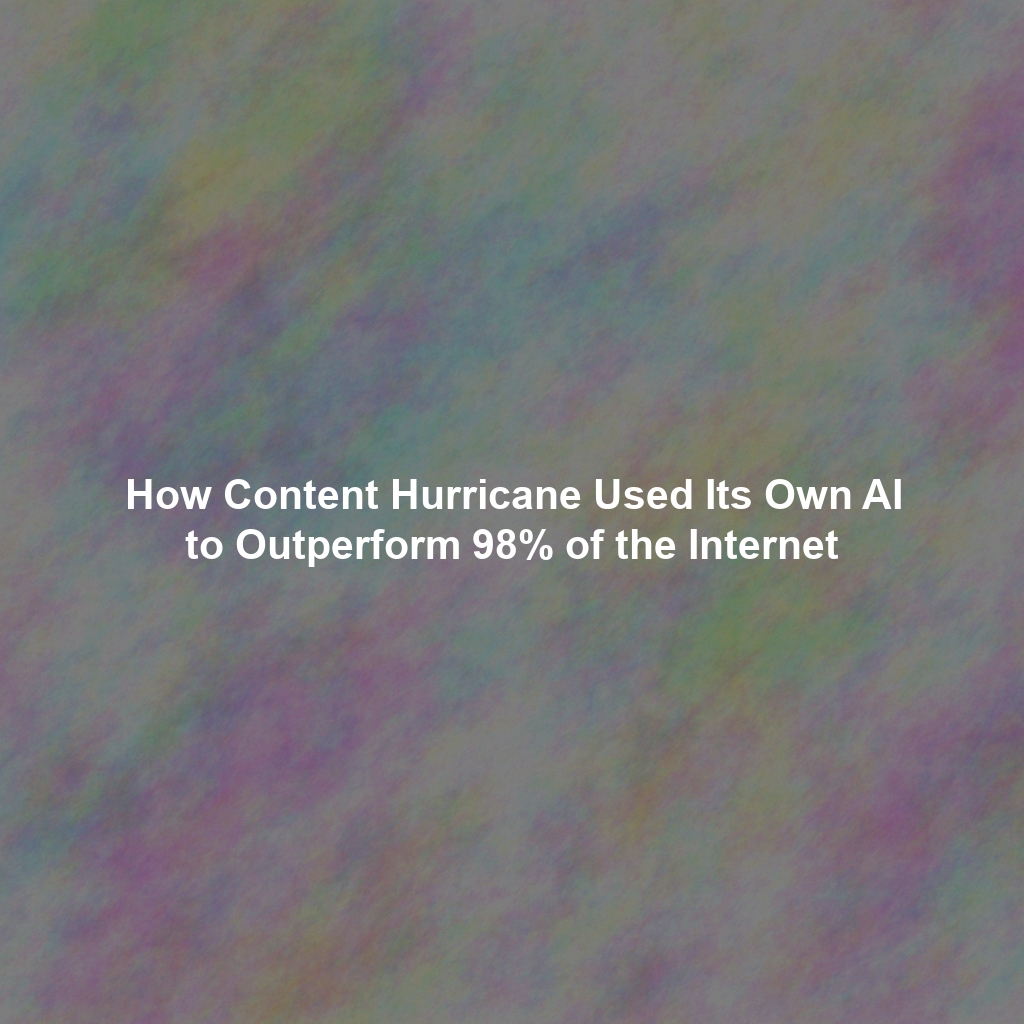Introduction: The Age of Personalized Content
The Power of Personalization
Why is personalization so crucial? Because generic content often falls flat. Imagine receiving an email about a topic you’re completely uninterested in, or being shown an advertisement for a product you’d never buy. These experiences are frustrating for users and a waste of resources for businesses. Personalization flips the script. It’s about understanding individual user preferences, behaviors, and needs, and then delivering content that resonates with them on a deeper level. This leads to:
- Increased Engagement: Users are more likely to interact with content that is relevant to their interests.
- Improved Customer Experience: Personalization demonstrates that you value your audience and understand their needs.
- Higher Conversion Rates: When users see content tailored to their specific desires, they’re more likely to take action, whether it’s making a purchase, signing up for a newsletter, or requesting a demo.
- Enhanced Brand Loyalty: Consistent personalized experiences build trust and foster a stronger connection between your brand and your audience.
How AI Fuels Content Recommendation
AI is the engine that drives modern content recommendation systems. These systems leverage machine learning algorithms to analyze vast amounts of data, identify patterns, and predict user preferences. By understanding what content a user has interacted with in the past, what their demographics are, and what their browsing behavior is, AI can deliver highly targeted recommendations that are far more effective than traditional, rule-based approaches.
Types of AI-Powered Content Recommendation Systems
There are several different approaches to AI-powered content recommendation, each with its own strengths and weaknesses. The most common types include:
Collaborative Filtering
Collaborative filtering is based on the idea that users who have similar tastes in the past will also have similar tastes in the future. It identifies users who have liked similar content and then recommends content that those users have also liked to the current user. There are two main types of collaborative filtering:
- User-Based Collaborative Filtering: This approach finds users who are similar to the target user and recommends content that those similar users have liked.
- Item-Based Collaborative Filtering: This approach finds items that are similar to the items the target user has liked and recommends those similar items.
A key advantage of collaborative filtering is that it doesn’t require detailed information about the content itself. However, it can suffer from the “cold start” problem, where it’s difficult to make recommendations for new users or new content that hasn’t been rated or reviewed yet.
Content-Based Filtering
Content-based filtering focuses on the characteristics of the content itself. It analyzes the features of the content, such as the topics covered, keywords used, and style of writing, and then recommends content that is similar to what the user has liked in the past. For example, if a user frequently reads articles about AI and machine learning, a content-based filtering system might recommend other articles about those topics.
Content-based filtering overcomes the cold start problem for new content, as it can make recommendations based on the content’s characteristics. However, it can be limited by its ability to discover new and unexpected content that the user might enjoy.
Hybrid Recommendation Systems
Hybrid recommendation systems combine collaborative filtering and content-based filtering to leverage the strengths of both approaches and overcome their individual limitations. By combining information about users and content, hybrid systems can provide more accurate and diverse recommendations. For example, a hybrid system might use collaborative filtering to identify users with similar tastes and then use content-based filtering to recommend content that those users have liked, based on the content’s characteristics.
Hybrid systems are generally considered to be the most effective type of content recommendation system, as they can provide a more comprehensive and personalized experience for users.
Knowledge-Based Systems
Knowledge-based recommendation systems rely on explicit knowledge about users’ needs and content attributes. Users often provide specific requirements or preferences, and the system recommends content that matches these criteria. These systems excel in domains where user needs are well-defined and content characteristics are structured, such as product catalogs or job boards. A downside is that it relies on manual input or expert knowledge, which can be difficult to scale.
Contextual Recommendation Systems
Contextual recommendation systems go beyond user history and content features. They consider the current context, such as time of day, location, device type, or social situation, to provide more relevant recommendations. Imagine a music app suggesting upbeat songs in the morning or a news app prioritizing local stories when you’re traveling.
The Benefits of AI-Powered Content Recommendation Systems
Implementing AI-powered content recommendation systems offers a wide range of benefits for businesses, including:
- Increased User Engagement: By delivering personalized content that is relevant to their interests, businesses can keep users engaged and coming back for more.
- Improved Conversion Rates: When users see content that is tailored to their specific needs and desires, they are more likely to take action, such as making a purchase or signing up for a newsletter.
- Enhanced Customer Loyalty: Personalized experiences build trust and foster a stronger connection between your brand and your audience.
- Increased Revenue: By driving engagement and conversions, AI-powered content recommendation systems can help businesses increase revenue and grow their bottom line.
- Better Content Discovery: Users may discover content they wouldn’t have found otherwise, expanding their knowledge and experience.
- Improved Data Collection: Recommendation systems generate valuable data about user preferences, which can be used to improve future recommendations and refine marketing strategies.
Challenges and Considerations
While AI-powered content recommendation systems offer significant benefits, there are also some challenges and considerations to keep in mind:
- Data Requirements: AI algorithms require large amounts of data to learn effectively. Businesses need to have sufficient data on user behavior and content characteristics to train their recommendation systems.
- Algorithm Complexity: Developing and implementing AI-powered recommendation systems can be complex and require specialized expertise.
- Bias and Fairness: AI algorithms can be biased based on the data they are trained on. It’s important to carefully evaluate and mitigate bias in recommendation systems to ensure fairness.
- Privacy Concerns: Personalized recommendations require collecting and processing user data. Businesses need to be transparent about how they are using user data and ensure that they are complying with privacy regulations.
- The “Filter Bubble”: Over-personalization can trap users in a “filter bubble,” where they are only exposed to content that confirms their existing beliefs. It’s important to balance personalization with serendipity and expose users to diverse perspectives.
Examples of AI in Content Recommendation
Here are a few examples of how AI-powered content recommendation systems are being used in practice:
- E-commerce: Recommending products to customers based on their browsing history, purchase history, and demographics. Amazon and other online retailers use AI extensively to personalize product recommendations and drive sales.
- Streaming Services: Recommending movies, TV shows, and music to users based on their viewing and listening history. Netflix and Spotify are prime examples of companies that leverage AI to keep users engaged and coming back for more.
- News and Media: Recommending articles and news stories to readers based on their interests and reading habits. Many news websites and apps use AI to personalize the news feed and increase user engagement.
- Social Media: Recommending friends, groups, and content to users based on their social connections and interests. Facebook, Twitter, and LinkedIn all use AI to personalize the user experience and drive engagement.
Getting Started with AI-Powered Content Recommendation
If you’re ready to explore the possibilities of AI-powered content recommendation, here are a few steps to get started:
- Define Your Goals: What do you want to achieve with your content recommendation system? Are you looking to increase engagement, improve conversion rates, or enhance customer loyalty?
- Assess Your Data: Do you have sufficient data on user behavior and content characteristics to train an AI algorithm?
- Choose the Right Approach: Which type of recommendation system is best suited for your needs and data? Consider collaborative filtering, content-based filtering, or a hybrid approach.
- Select a Platform or Tool: There are many platforms and tools available that can help you implement AI-powered content recommendation, ranging from cloud-based services to open-source libraries.
- Test and Iterate: Continuously monitor the performance of your recommendation system and make adjustments as needed. A/B testing can be a valuable tool for optimizing your recommendations.
Conclusion: The Future of Content Marketing is Intelligent
AI-powered content recommendation systems are revolutionizing content marketing, enabling businesses to deliver personalized experiences that resonate with their audiences on a deeper level. By understanding user preferences, behaviors, and needs, AI can drive engagement, improve conversion rates, and foster long-term loyalty. While there are challenges and considerations to keep in mind, the benefits of AI-powered content recommendation are undeniable. As AI technology continues to evolve, we can expect to see even more sophisticated and personalized content experiences in the future. The shift isn’t just about automation; it’s about understanding people better and delivering content that truly matters to them. Embrace the change, and unlock the power of AI to transform your content marketing strategy.





Leave a Reply